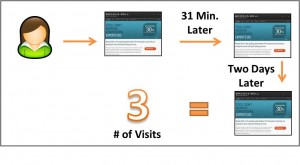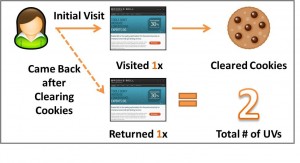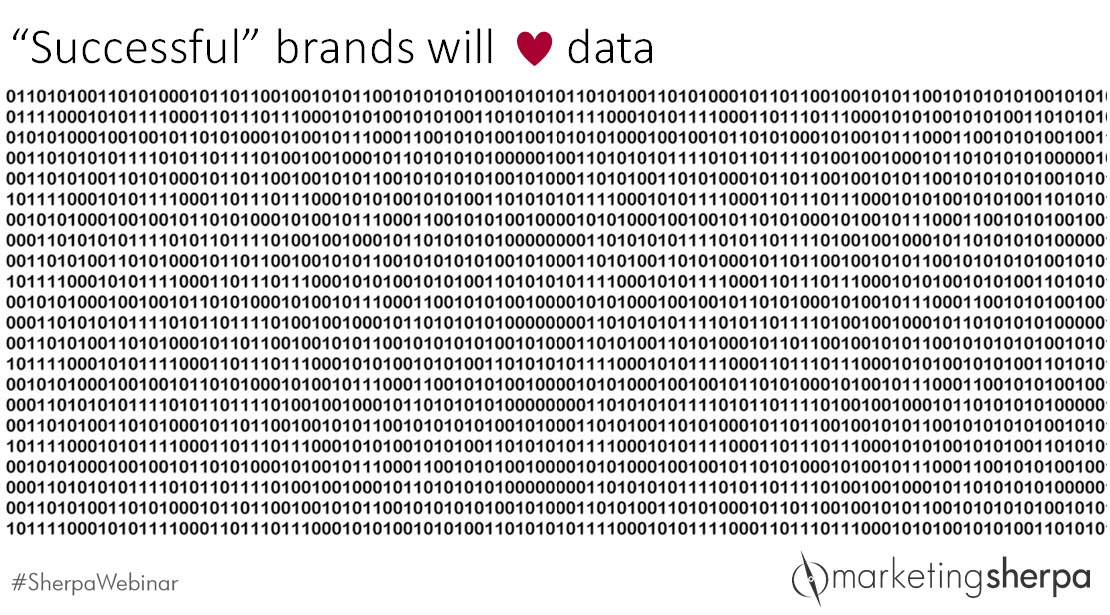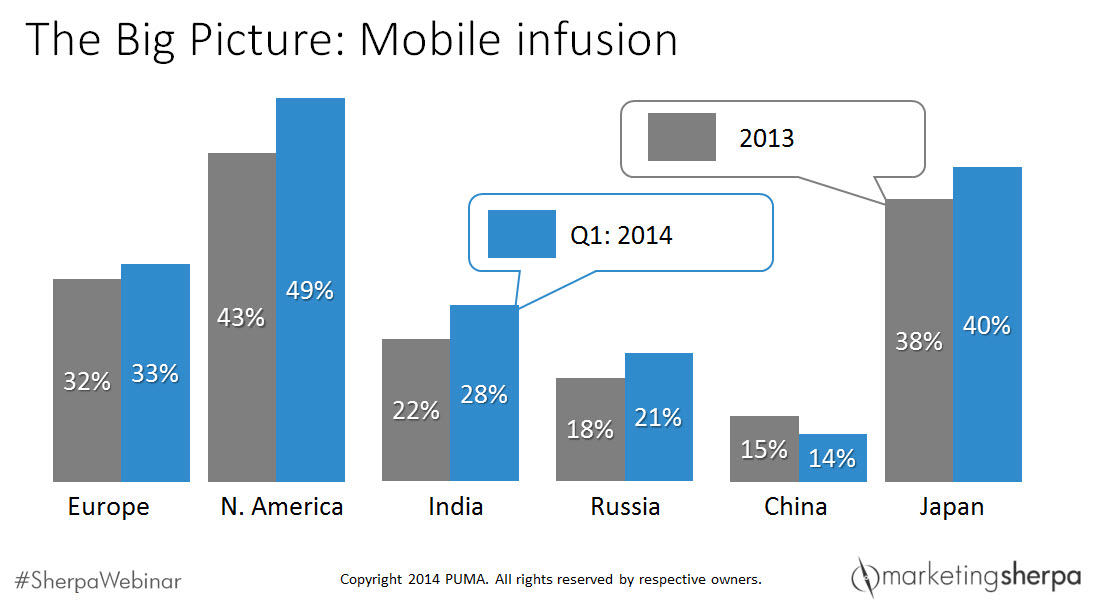Over the years, the Internet has become more adaptive to the things we want.
It often seems as if sites are directly talking to us and can almost predict the things we are searching for, and in some ways, they are.
Once you visit a website, you may get a cookie saved within your browser that stores information about your interactions with that site. Websites use this cookie to remember who you are. You can use this same data to segment visitors on your own websites by presenting visitors with a tailored Web experience.
Much like a salesman with some background on a client, webpages are able to make their “pitch” to visitors by referencing information they already know about them to encourage clickthrough and ultimately conversion.
Webpages get this information from cookies and then use a segmentation or targeting platform to give visitors tailored Web experiences.
Cookies can also be used to provide visitors with tailored ads, but in today’s MarketingSherpa Blog post, we will concentrate on your website, and how segmentation can be used on your pages to provide more relevant information to your potential customers.
Test your way into cookie-based segmentation
At MECLABS, we explore cookie-based segmentation the only way that makes sense to us – by testing it.
It’s fairly easy to identify the different variables you would want to segment visitors by, but how to accurately talk to them should be researched. It’s also easy to become distracted by the possibilities of the technology, but in reality, the basic principles of segmentation still apply, as well as the following general rules.
Rule #1. Remember you are segmenting the computer, not the person
There are more opportunities for error when segmenting online because multiple people may use the same computer.
Therefore, online segmentation has some mystery to it. You can tailor your message to best fit the cookies, but that may not accurately represent the needs of the specific person sitting in front of the computer at that time.
Many segmentation platforms boast a 60% to 80% confidence level when it comes to how accurately they can segment visitors, but I think a better way to position this information is there is a 20% to 40% margin of error.
That is pretty high!
Be cautious with how you segment. Make sure the different experiences you display are not too different and do not create discomfort for the visitor.
For visitors who do not share a computer, error can still be high. They may be cookied for things that do not accurately describe them.
I bet if you looked at your browser history, it may not be the most precise representation of who you are as a person. Therefore, don’t take cookie data as fact because it most likely isn’t. It should be used as a tool in your overall segmentation strategy and not serve as your primary resource for information about your customers.
Rule #2. Be helpful, not creepy
People are getting used to the Internet making suggestions and presenting only relevant information to them.
Some have even come to expect this sort of interaction with their favorite sites. However, there is a fine line between helpful and creepy. Visitors probably don’t want to feel like they are being watched or tracked. Marketers should use the data collected about their visitors in a way that does not surpass their conscious threshold for being tracked.
For example, providing location-specific information to visitors in a certain region is alright, but providing too much known information about those visitors may not be.
Cookies can tell you income level, demographic information, shopping preferences and so much more. Combining too much known information could seem overwhelming to the visitor and rather than speaking directly to them, you risk scaring them off.
Instead of making it blatantly obvious to visitors you have collected information on them, I would suggest an approach that supplies users with relevant information that meets their needs.
Read more…


















